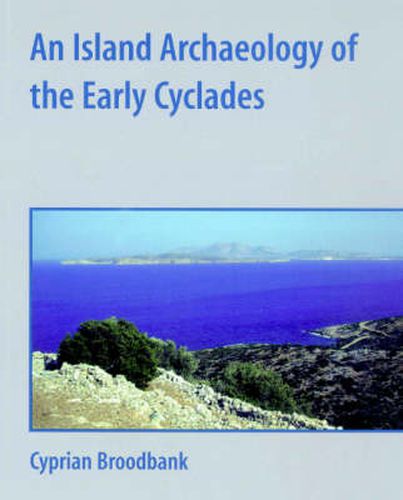Readings Newsletter
Become a Readings Member to make your shopping experience even easier.
Sign in or sign up for free!
You’re not far away from qualifying for FREE standard shipping within Australia
You’ve qualified for FREE standard shipping within Australia
The cart is loading…






This book uses comparative island archaeology to reinterpret a vital phase in early Aegean history. Cyprian Broodbank presents the first modern analysis of Cycladic culture, tracing the development of Neolithic and Early Bronze Age societies in these islands from first colonisation through to incorporation, three millennia later, in the world system of the Minoan palaces and the wider Near East. The archaeology of this region is rich and well documented, and allows Dr Broodbank to reformulate early Cycladic history and to deploy detailed examples that challenge established approaches to island archaeology. He shows that islanders can actively define their cultural space and environments, and that their communities are linked by complex relations to the non-insular world. This book provides fresh perspectives and challenges for island archaeologists and Mediterranean specialists.
$9.00 standard shipping within Australia
FREE standard shipping within Australia for orders over $100.00
Express & International shipping calculated at checkout
This book uses comparative island archaeology to reinterpret a vital phase in early Aegean history. Cyprian Broodbank presents the first modern analysis of Cycladic culture, tracing the development of Neolithic and Early Bronze Age societies in these islands from first colonisation through to incorporation, three millennia later, in the world system of the Minoan palaces and the wider Near East. The archaeology of this region is rich and well documented, and allows Dr Broodbank to reformulate early Cycladic history and to deploy detailed examples that challenge established approaches to island archaeology. He shows that islanders can actively define their cultural space and environments, and that their communities are linked by complex relations to the non-insular world. This book provides fresh perspectives and challenges for island archaeologists and Mediterranean specialists.